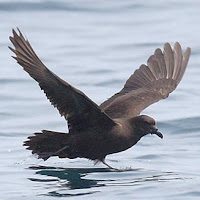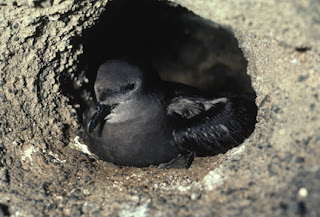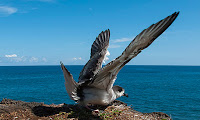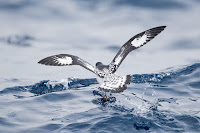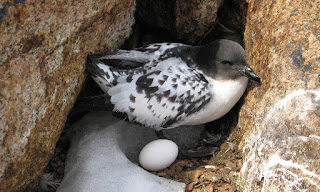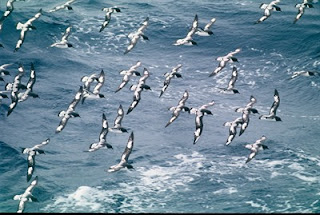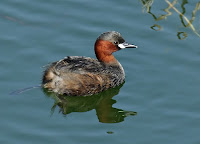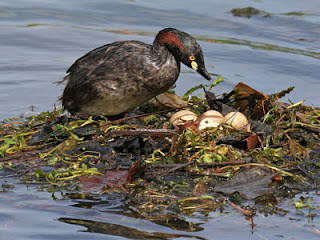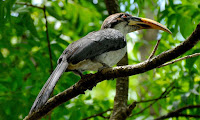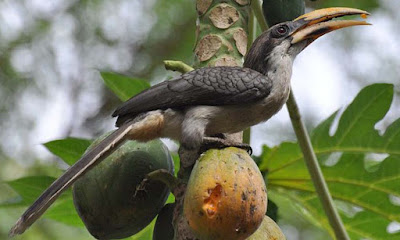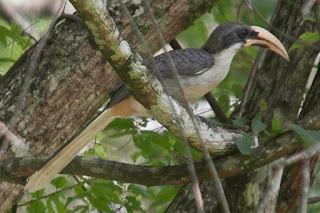Bulwer's Petrel Bulweria bulwerii
The Bulwer's petrel (Bulweria bulwerii) is a small petrel in the family Procellariidae, and is one of two species in the genus Bulweria (Bonaparte, 1843). This bird is named after the Scottish naturalist James Bulwer.
The Bulwer's petrel (Bulweria bulwerii) is a small petrel in the family Procellariidae, and is one of two species in the genus Bulweria (Bonaparte, 1843). This bird is named after the Scottish naturalist James Bulwer.
This very long-winged petrel is 25–29 cm in length with a 78–90 cm wingspan. It has mainly brown plumage and a long pointed tail. It has a buoyant twisting flight as it picks planktonic food items from the ocean surface. Bulwer's petrel is migrant or vagrant birds in Sri Lanka.
